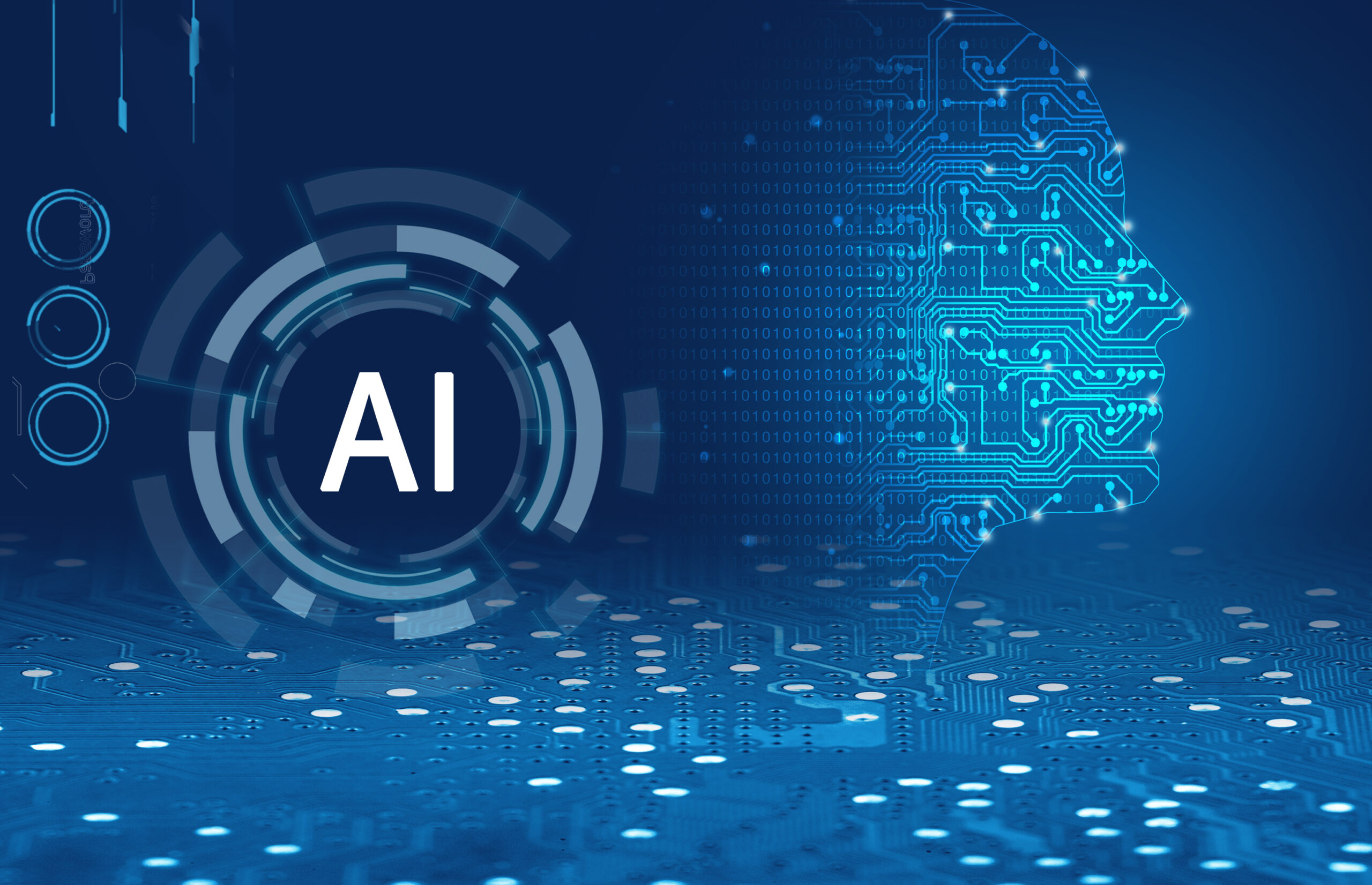Do you know what GPT-3 is? Have you heard of OpenAI, but you don’t understand why all the hype? Keep reading and you will find all the answers, or at least those to satisfy your curiosity and maybe find some insights.
GPT, or Generative Pre-trained Transformer, is a type of computer program that can understand and generate text. Think of it like a robot that can write stories, articles, and even code.
But GPT is special because it can understand and write in a way that is similar to humans. It can understand the context of a sentence and use that to generate new sentences that make sense. This is different from other computer programs that can only follow a set of rules to generate text.
The GPT-3 Model
One of the reasons why GPT is so effective is because it has been trained on a massive amount of text data, allowing it to learn patterns and understand the context of language in a way that is similar to humans. The GPT-3 model, in particular, was trained on a diverse range of texts that include books, articles, websites, and more. The databases used to train GPT-3 are:
- Common Crawl: A database of web pages that is collected by crawling the internet. It contains billions of web pages and is used to train GPT-3 on a diverse range of text.
- Wikipedia: A database of articles that is used to train GPT-3 on a wide range of topics. Wikipedia articles are written in a simple and clear language, making them suitable for training language models.
- OpenWebText: A database of web pages that is similar to Common Crawl but is filtered to only include high-quality text. It is used to train GPT-3 on a diverse range of text that is similar to what a user might encounter on the internet.
- BooksCorpus: A database of books that is used to train GPT-3 on a wide range of topics and styles of writing.
- WebText: A database of web pages that is similar to Common Crawl but is filtered to only include text that is similar to what a user might encounter on the internet.
The actual size of the GPT-3 model is very large: 175 billion parameters!
And the revolution begins!
GPT is a game changer because it can help us do many things that were difficult or even impossible before. For example, it can help us write articles and stories faster, and it can help us create new ideas and solutions by generating text that we can use as a starting point.
Uses Cases
Here some practical use cases for GPT:
- Generating summaries of long documents: You can use GPT to generate summaries of long documents such as research papers, news articles, or legal documents. By giving GPT the document to read and a few sentences to start the summary, GPT will generate a concise summary that captures the main points of the document.
- Language Translation: GPT-3 can be used to translate text from one language to another, providing accurate and natural-sounding translations.
- Creating new code: You can use GPT to generate new code by giving it an example of what you want the code to do. GPT will then generate code that does that, which you can then use in your own projects.
- Virtual Assistants: GPT-3 can be used to create virtual assistants that can answer questions, provide customer service, and perform other tasks. It can also be used to create chatbots that can engage in natural-sounding conversations with users.
Interacting with GPT-3
To interact with GPT and retrieve meaningful results, you can use a platform such as OpenAI’s GPT-3 Playground or Hugging Face’s GPT-3 API. Or you can interact with GPT-3 via chat.openai.com, an easy-to-use website where you can input your own text and receive output from GPT.
If you want to learn more about GPT and its capabilities, here are some links to trusted sources:
- OpenAI’s GPT-3 documentation:
https://beta.openai.com/docs/models/gpt-3
- OpenAI’s GPT-3 documentation:
- The GPT-3 paper by OpenAI:
https://cdn.openai.com/better-language-models/language_models_are_unsupervised_multitask_learners.pdf
- The GPT-3 paper by OpenAI:
- GPT-3 on Hugging Face:
https://huggingface.co/models?filter=gpt-3
- GPT-3 on Hugging Face:
- Interact with GPT-3 via chat.openai.com:
https://beta.openai.com/docs/guides/
- Interact with GPT-3 via chat.openai.com:
Future Potential and Vulnerabilities
As GPT-3 continues to evolve, it has the potential to revolutionize a wide range of fields such as natural language processing, artificial intelligence, and machine learning. Researchers and developers are already experimenting with GPT-3 in fields such as language translation, customer service, and even in creating art. There are even some companies that are using GPT-3 to automate the writing of business reports, legal documents, and even software codes. The future looks bright for GPT-3 and its potential to change the way we work and interact with technology.
GPT is considered a safe technology because it has been designed with several safety mechanisms in place to prevent it from being used for harmful purposes. OpenAI, the creators of GPT, have implemented several strategies to ensure the safe use of the technology.
One of the safety mechanisms is the use of “prompts” which are the instructions given to GPT to generate text. These prompts are carefully crafted to ensure that the output generated by GPT is safe and appropriate. OpenAI also limits the access to the model to a select group of researchers and developers who have been trained on responsible use of the technology.
Another safety mechanism is the use of “davinci mode” which is a version of GPT-3 that has been fine-tuned to reduce the likelihood of it generating harmful or biased text. It works by limiting the model’s ability to generate text that is aggressive, biased, or otherwise harmful.
Despite these safety mechanisms, GPT technology has the potential to be misused. Some examples of potential issues and misuses are:
- GPT can be used to generate fake news or misinformation, biased or harmful contents.
- GPT can be used to impersonate real people or organizations.
- GPT can be used to automate the creation of spam or phishing emails.
- GPT can be used to generate malicious code.
It’s sure that GPT is a powerful tool and like any other powerful tools, it can be used for good or for bad. It’s up to the users and the society to ensure that the technology is used responsibly and ethically.
About GPT creators
OpenAI is an artificial intelligence research laboratory consisting of the for-profit OpenAI LP and its parent company, the non-profit OpenAI Inc. The company was founded in December 2015 by Elon Musk, Sam Altman, Greg Brockman, Ilya Sutskever, Wojciech Zaremba, and other notable figures in the tech industry. The goal of the company is to promote and develop friendly AI in a way that benefits humanity as a whole.
And now just guess how I created this introductory article… 😎



